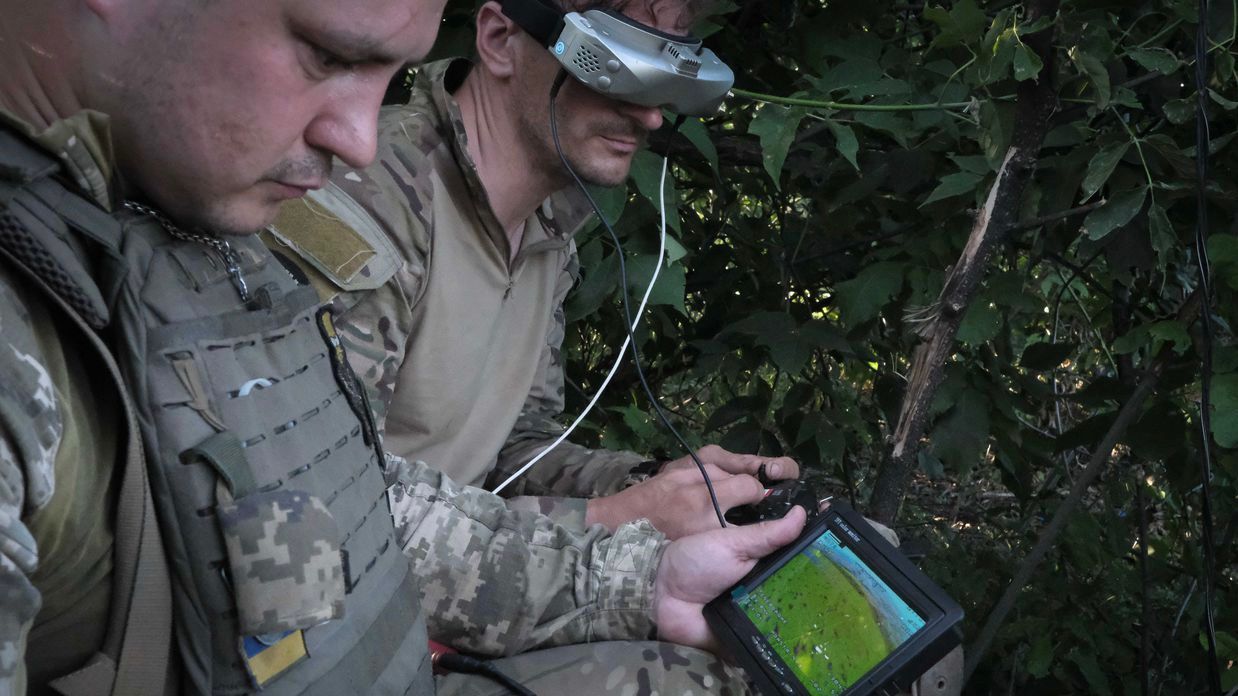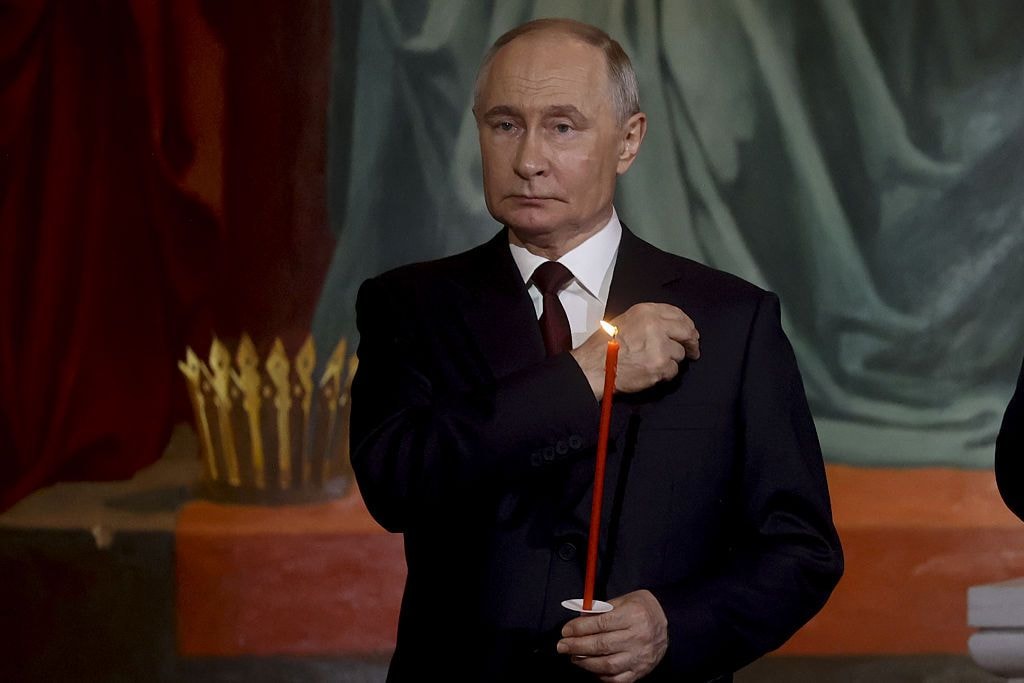Minister: Ukraine cannot outproduce Russia, needs to focus on advanced technology

Ukraine's industry cannot outperform Russia in terms of conventional weapons production and needs advanced technology to find a new approach, Strategic Industries Minister Oleksandr Kamyshin said in an interview with Time magazine published on Jan. 29.
With over $100 billion in U.S. and EU aid stalled by internal political disputes, Kyiv has been focusing on revitalizing the domestic industry, aiming to build up a homemade arsenal of drones and missiles.
Deputy Defense Minister Ivan Havryliuk previously said that the country plans to increase the production of missiles, arms, and other military equipment several times in 2024.
According to Kamyshin, drones, in particular, are a crucial capability in the ongoing Russia-Ukraine war.
"It sounds boring, but there's a formula: Cost to kill," the minister said in a comment for Time.
As Kamyshin illustrated, while one Stugna anti-tank guided missile that kills, on average, three soldiers costs roughly $4,613, a simple first-person-view (FPV) drone costs only around $1,650.
"You have to pump the maximum amount of money you can into drones."
President Volodymyr Zelensky said in his evening address on Jan. 29 that surpassing Russia in drone production is one of the main tasks for 2024. He also previously revealed that Ukraine aims to produce 1 million drones this year.
Drone strikes against strategic targets within Russian territory have become increasingly common in the past months.
Although Kyiv does not usually comment on suspected Ukrainian strikes against Russia's rear, Kamyshin previously confirmed that a Ukrainian drone, worth around $350, hit a target in St. Petersburg on Jan. 18. Ukrainian media previously reported that the attack targeted an oil depot.
In the same month, drones reportedly struck oil depots and other targets in Russia's Oryol and Bryansk oblasts.
Another approach Ukraine uses is modifying older Western arms. A team of U.S. and Ukrainian engineers managed to repurpose Sidewinder missiles, first produced in the 1950s and intended as jet fighter armament, into cheap air defense projectiles, Time wrote.
As around $61 billion in support for Kyiv remains gridlocked in U.S. Congress, Ukrainian officials have instead sought to acquire U.S. licenses to maintain already provided weapons or produce them themselves.
Kyiv has also been seeking to attract foreign defense manufacturers to set up shop in Ukraine, promising an affordable workforce and a chance to test weaponry straight on the battlefield.
Strategic Industries Deputy Minister Hanna Hvozdiar and Ukrainian Defense Industry (Ukroboronprom) director Herman Smetanin led a delegation to the U.S. in December 2023, visiting a factory of the arms manufacturer Northrop Grumman.
Speaking at a Ukrainian-British defense industry conference the same month, Defense Minister Rustem Umerov invited U.K. producers to strengthen cooperation with their Ukrainian counterparts, pointing out the advantages of operating in Ukraine.
The leading German arms company, Rheinmetall, has been the first one to agree to start operating in Ukraine, even aiming to build the first armored vehicles on-site in Ukraine in the summer of 2024.













